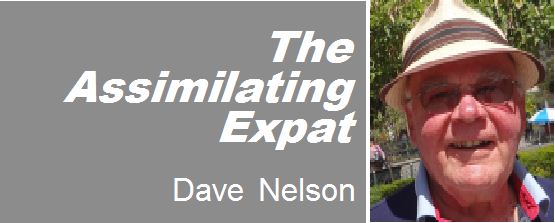Finding hope in small-town America
Like many people, I have gotten caught up in the fuss, furor and vitriol that has dominated the political headlines in the United States since the election of Donald Trump.
I have read a lot of serious work covering everything from the danger of fascism, the possible failure of democracy, the changing attitudes of the people of the U.S., the faults of both political parties, and the the general lack of knowledge of voters.
fascism, the possible failure of democracy, the changing attitudes of the people of the U.S., the faults of both political parties, and the the general lack of knowledge of voters.
Recognizing that we still have much to learn from the Robert Mueller investigation, and that most of the “political noise” is based on “what ifs” and wild guesses from tainted points of view, I realized that I was spending way too much time reading speculative press reports on what might happen next in my home country.
 And then this book came out: Our Towns: A 100,000 Mile Journey Into the Heart of America, by James and Deborah Fallows. James, a writer for the Atlantic for 40 years, and his wife Deborah, also a writer, spent the years from 2013 to 2017 flying in their own airplane, visiting 29 towns all over the U.S. to get a picture of what is going on down on the ground in local communities.
And then this book came out: Our Towns: A 100,000 Mile Journey Into the Heart of America, by James and Deborah Fallows. James, a writer for the Atlantic for 40 years, and his wife Deborah, also a writer, spent the years from 2013 to 2017 flying in their own airplane, visiting 29 towns all over the U.S. to get a picture of what is going on down on the ground in local communities.
They focused on places which had been hard-hit by a severe economic downturn, such as the closure of a plant which had been the major source of income for the community.
The discussions centered on what the people were doing to revitalize their communities and their lives. National political issues didn’t come up because they weren’t relevant to the issues the locals were dealing with. James and Deborah spent several weeks in each location, often making return trips.
What they found was that someone, or a small group of people, with a vision for change would start the discussion about what to do, more people would get involved, possibilities would be explored, sources of help from local to international would be tapped, and after years of work there were new employers, people were working and the town was vibrant and alive. They made sure people were educated for the new skills that were needed for the new jobs; they realized they would not succeed without those skills and therefore welcomed the immigrant population. In most cases, there was a nearby college, sometimes a research university, which was heavily involved in helping to decide what would work in the community’s best interest for revitalization.
The book has been a great relief for me. I had let myself get sucked in to the notion that the only important thing going on now is the Trump issue and forgetting that while this supremely important political issue dominates the news, the work of America continues in a routine, problem-solving way.
Which leads me to believe that, somehow or another, the U.S. will stumble its way through these difficult times.




















